EDIT :
I changed the drive system of my 3D printed equatorial table.
Previous concept was with a lead screw, it had some drawbacks mainly backlash and software complexity.
This new concept uses:
- a planetary geared stepper motor (1:51) which provides plenty of torque
- a wire - a spring
- a cylindrical North sector only used to guide the wire Pros of this option are:
- a much more stable platform with no backlash. There is a very minor springy effect due to the wire and the spring, but this is not visible during imagery
- return to home is much faster
- observation can be started whatever the initial table position as the motion is fully linear
- firmware is greatly simplified !
OLD [The motor directly drives a worm screw carying a 3D printed carriage actuating a rod connected to the table by a 3mm rod and 2 ball joints.]
Speed control is performed by an arduino board (I used an ESP32). The software includes all the equations to control the carriage speed in order to drive the table to compensate the Earth rotation.
The total cost of all the hardware is less than 50€.
Accuracy will depend on how well you'll be able to assemble and align the parts, but I can say it works pretty well for observations, Saturn was kept close to the center of the eyepiece during one hour !
My feeling is that every Dobson for visual observation should have its equatorial table :-)
Should you want to build one, all details are here: https://www.thingiverse.com/thing:6362263
the results on the Moon and Jupiter :
explanations on youtube here
new motor here:
and first astrophot results on Orion Nebula and Pleiades... quite promizing !
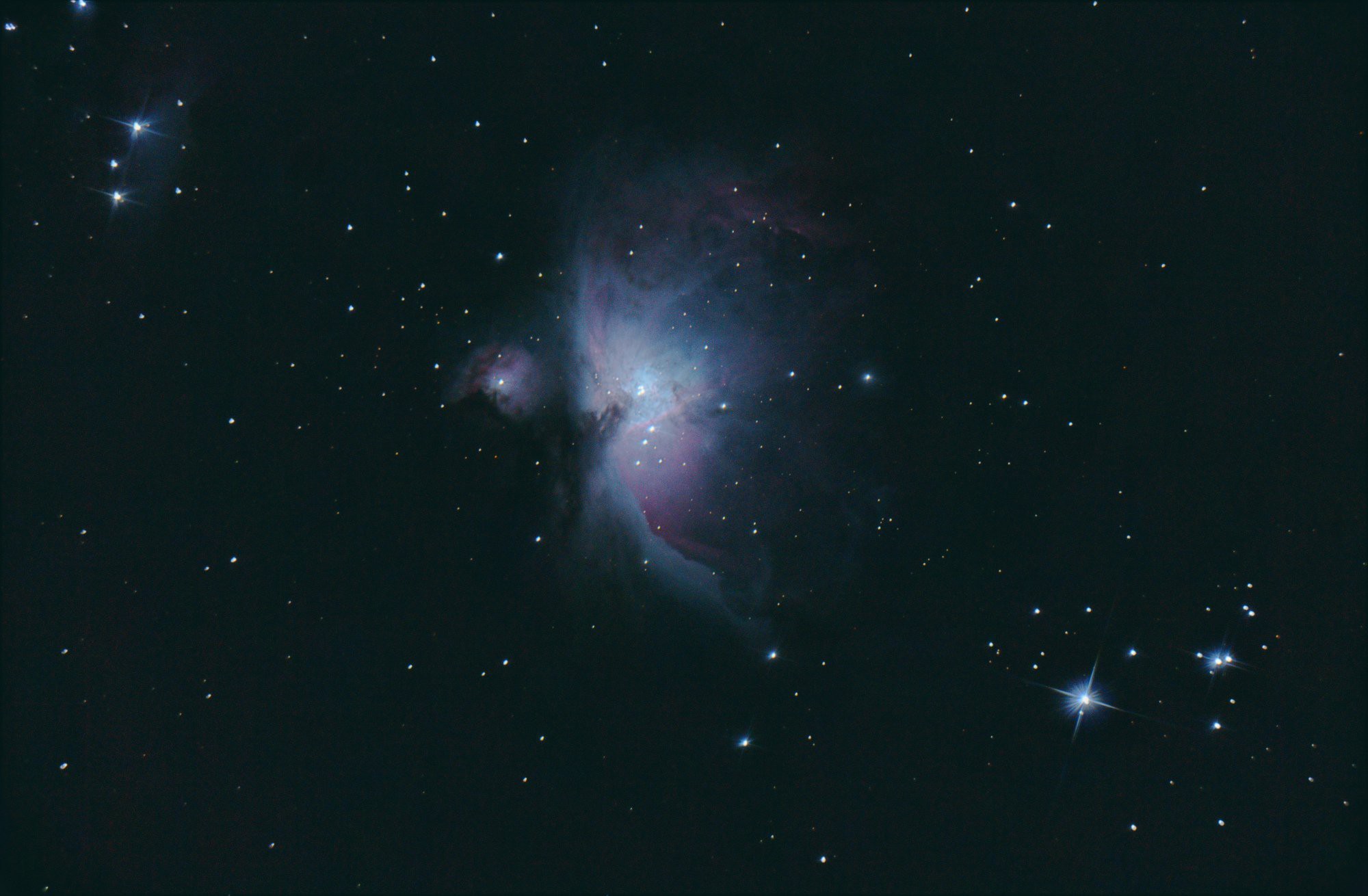
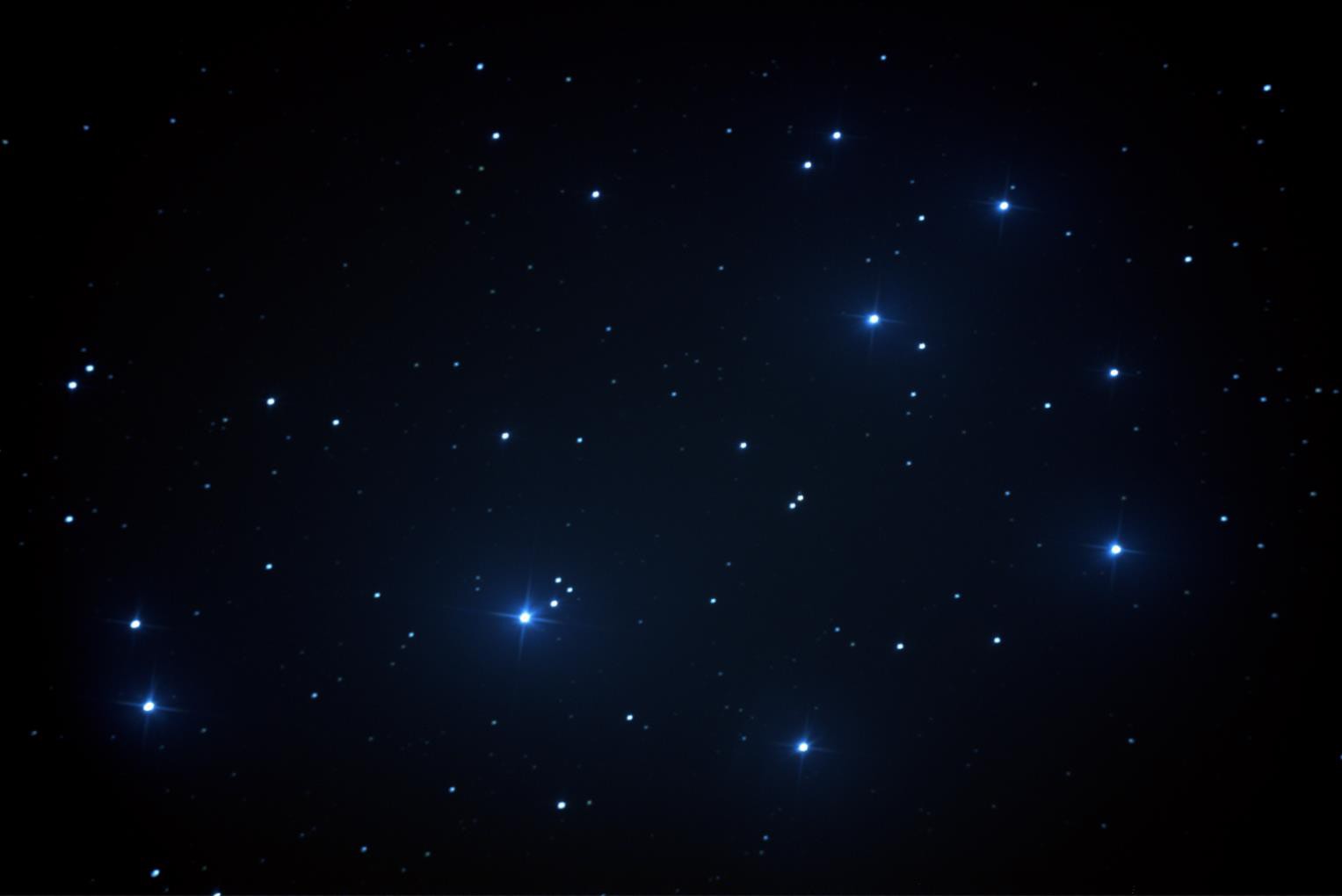
 aeropic
aeropic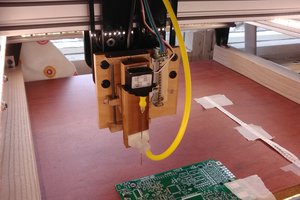
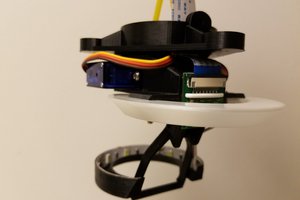
 Daren Schwenke
Daren Schwenke
 Hacker House
Hacker House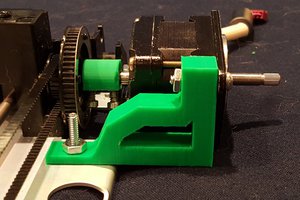
 Rocketburns
Rocketburns